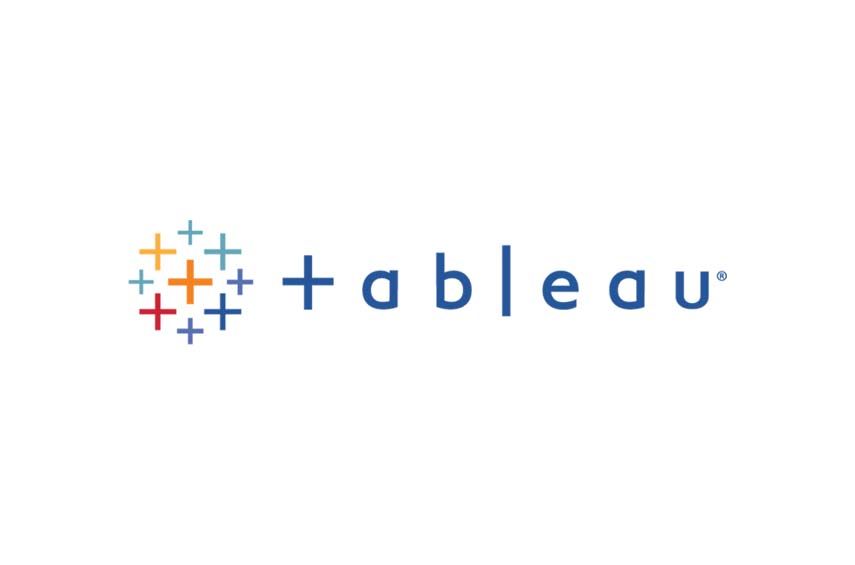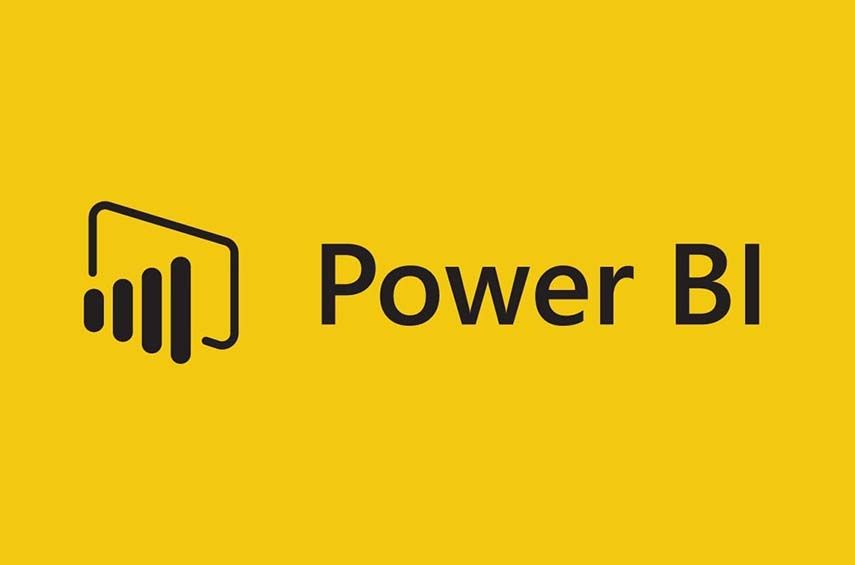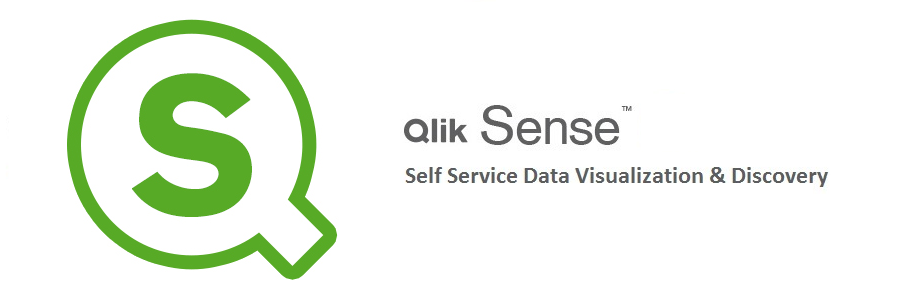Redefine Creativity
AI Image Editor
Free browser-based tool for stunning visual creations
7 min to read
Big data is a treasure trove for all types of companies. Every company deserves the best Big Data data analysis and visualization tool. In this post, we will try to provide you with as much detail as possible about the best BI tool for Big Data Visualization. In this segment, we will compare Tableau vs Power BI vs Qlik Sense.
Now if you’re considering whether a business intelligence (BI) tool could be a sound addition to your organization, you’ve probably already gotten some background on what they can do. The question is, which one would be the best fit? While every BI tool helps businesses connect data with insights, each one will take a different approach to make that happen.
Your organization might only need a business intelligence tool that focuses on data visualization, or maybe you need a more end-to-end platform. Whatever the situation, some capabilities will likely be more essential to your organization than others, so it only makes sense to look at the Top BI tools side-by-side.
Tableau is one of the leading and most popular business Intelligence Tools. It has the best perception abilities with an ideal front-end graphical UI. It additionally has some underlying examination modules which can be utilized by the users directly on their data.
Organizations with smaller budgets often use Google Data Studio which is free. However, Google Data Studio does have some significant drawbacks when it is compared with Power BI.

Power Bi is a Microsoft-powered data visualization tool. Power BI turns out to be superior to the rest here as it works out best with Microsoft Azure and Microsoft cloud environments. One of the best features of software users find in you can export all the data to excel and can also personalize data dashboards.

Qlik Sense is an intelligent data visualization tool that empowers clients to import and accumulate data from Bi sources. One of the features is that you can use data visualization tools as software to shape raw data into meaningful information.

There’s more than one way for data analysis software to get the job done, so make sure you pick a BI tool that gives the kinds of solutions you’re looking for. Most data engines give solutions based on linear search patterns, so the results tend to be predictable. Other data engines take a broader approach, analyzing multiple sources of data before delivering solutions.
Tableau – They operate over an SQL database, meaning the queries follow a pre-defined linear path.
Power BI – They also work on an SQL database, so the solutions are usually straightforward and based on a limited amount of data.
Qlik Sense – Their data engine is associative rather than query-based, so all your data can be explored and you get to see connections and patterns that narrower sets of data wouldn’t have shown.
If you’re incorporating a BI tool into your organization, it will have to be integrated into workflows that are already well-established. BI tools have numerous capabilities, so making them a natural part of the workflow is crucial to prevent constant interruptions. By using robust embedded analytics for applications, portals, and processes, users can improve their insights without losing efficiency.
Tableau – Their embedded analytics can be used across a variety of applications and processes, but users will only be able to embed entire dashboards.
Power BI – They offer not only embedded dashboards but a range of other objects as well.
Qlik Sense – The objects that are available for embedding include metrics, individual values, dashboards, and numbers, and they work smoothly across a wide range of scenarios. Users can take advantage of embedded analytics on their edge devices, portals, products, and more.
Just like embedded analytics, having broad use cases is essential for maintaining user efficiency while giving them in-depth insights. Users shouldn’t just have analytical tools embedded across their workflows; those tools should support a variety of use cases. Whether they need to perform data exploration, look at detailed graphs, or view augmented analytics, users need broad use cases for optimum performance.
Tableau – Their use cases are oriented around data visualization, which is fairly limited compared to other BI tools. They’re supposed to be simple enough for the average user, but skilled business authors might be more comfortable using this feature.
Power BI – Just like several other Power BI capabilities, various Microsoft products are required before the BI platform can deliver on the range of available use cases. For organizations that already use an array of Microsoft products, this could feel like an organic addition to user workflows.
Qlik Sense – All users in your business can do different activities (like data analysis, embedded analytics, or creating interactive dashboards) on the same platform with a common analytics engine, AI capabilities, and analytics data pipeline.
A BI tool should allow the free user access to data, but also have measures in place to minimize data pollution. The favored model is to maintain a central server, where user-created content is validated by IT; where these three BI tools diverge is how users can access and work with data. Working from a desktop means more flexibility for users, but there’s also a greater risk of user error; working on a server with everyone else makes validation easier, but users won’t be able to work offline.
Tableau – Work is done on users’ hard drives, so they’re able to work even when they’re offline. Once it’s completed, they send everything to the central server for validation.
Power BI – Users can build workbooks on their desktops, and then share the workbooks on the cloud. Like with Tableau, users can work offline.
Qlik Sense – Instead of working on individual desktops, users create content in the cloud, where IT can easily manage the content as it’s being generated. As a result, there’s a smaller chance of polluted or outdated content being circulated.
What kind of cloud solution does your organization have? It could be public or private, unlimited or already maxed out. There might even be on-premise servers, ready to accommodate a new BI platform and all the associated data. Whatever cloud solution your organization has, there’s a BI tool that can fit right in.
Tableau – There’s only one cloud storage option, which is provided by Salesforce. This could work well for organizations that don’t have much extra space in the cloud or on-premise.
Power BI – Organizations can deploy this platform from their on-premise servers or Microsoft’s Azure cloud solution. Each storage option will deliver different functionalities, so that’s one thing to consider when choosing where to store your data.
Qlik Sense – This platform is cloud-agnostic, so it can be deployed from both private and public servers. On-premise servers are an option as well, or any combination of the three.
Choosing a business intelligence platform is a major decision, but at least now you know some of the most important capabilities to look for. Don’t just look for the platform that will fit your organization right now; think about which capabilities could drive future expansion in the next few years. The right BI tool will not only be a solid match now but will still be giving data-based insights years into the future.
Picking the right one necessitates thorough analysis. Tableau is a market leader due to its drag-and-drop features and stable data connections. Qlik’s attributes include its in-memory engine’s ability to visualize patterns. Reports created with Power BI can be shared across teams and accessed from any computer. Generally speaking, among the three tools, Power BI emerges as the competitor’s resource. It consists of high-level Microsoft applications and platforms, as well as specialized cloud platform support. Tableau is the preferred alternative in the existing business analysis industry.
Looking to hire well-experienced professionals? Go to Codersera right now to find yourself some of the most well-versed individuals in the industry.
When compared to Tableau, Qlik Sense has superior access control and general security abilities. Data is secured at the row, column, and table levels by the Qlik data analytics platform. Tableau, on the other hand, can only secure data at the row level and access it at the workbook level.
The Tableau platform is well-known for its data visualization capabilities, while Power BI provides multiple data points for data visualization. Tableau BI can accommodate a large amount of data with higher performance, while Power BI can only handle a small amount of data.
Qlik and Tableau support the majority of the same data connectors, but the way they sort data is where they vary the most. Qlik employs an associative engine to aid in the discovery of insights that would otherwise be lost due to human error, while Tableau displays data via a query-based approach.
Tableau is commonly regarded as one of the best reporting methods for visual appeal. As a result, it serves as both a monitoring tool and a data visualization tool. It aids in the transformation of raw data into easily digestible graphics that both technical and non-technical users can understand.
No automatic refreshing of reports.
Tableau Software provides software applications for fast analytical and rapid-fire business intelligence.
QlikView can load heavy data but the computer's RAM sets a limit to it.
Need expert guidance? Connect with a top Codersera professional today!